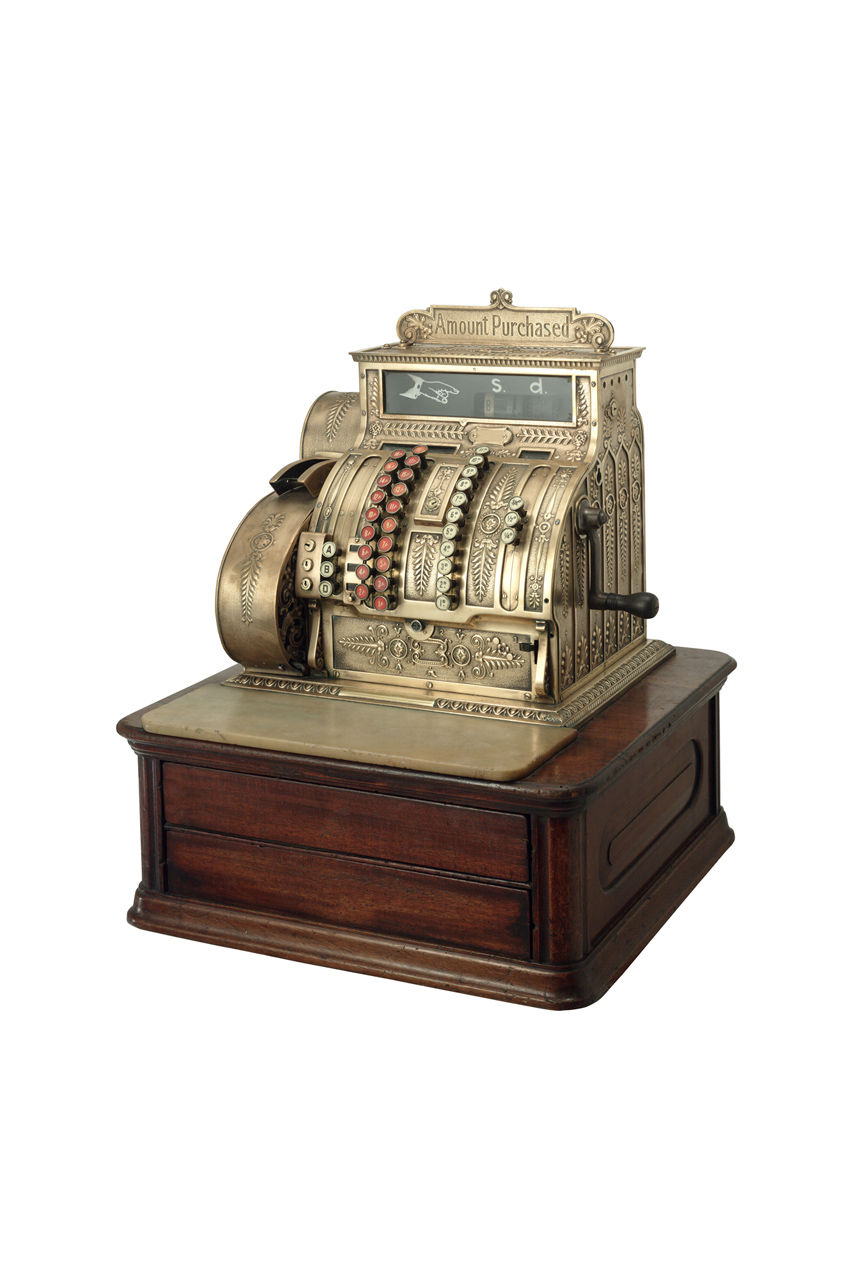Miranda Violation does not Warrant Suppression of Physical Evidence

From People v McGinnis, Docket No. 320629:
[Defendant] argues that the trial court erred in denying his motion to suppress the cash register drawer seized from his vehicle. “We review for clear error a trial court’s findings of fact at a suppression hearing, but we review de novo its ultimate decision on a motion to suppress.”4 “A ruling is clearly erroneous if the reviewing court is left with a definite and firm conviction that the trial court made a mistake.”5 The trial court suppressed [Defendant’s] initial statement to Fox in which Defendant responded that he was out “[t]ryin’ to get some money” because the statement was made during a custodial interrogation without Defendant having been advised of his Miranda6 rights.
Defendantargues that the trial court erred by also refusing to suppress the cash register drawer seized from his vehicle as the fruit of the illegal custodial interrogation. According to McGinnis, if he had not made the statement about getting money, police would not have had probable cause to arrest him, and thus, would not have been permitted to search his car. McGinnis’s argument is both legally incorrect and factually unsupported. In United States v Patane, a majority of the United States Supreme Court concluded that where the police fail to give Miranda warnings before questioning a suspect during a custodial interrogation, and later obtain physical evidence as a fruit of the unwarned interrogation, it is not necessary to suppress the physical evidence because “[i]ntroduction of the nontestimonial fruit of a voluntary statement, such as respondent’s Glock, does not implicate the Self-Incrimination Clause.”7 Thus, even assuming the cash register drawer was obtained as the fruit of a Miranda violation, suppression of the drawer would not be warranted.
Moreover, McGinnis’s argument is factually incorrect because there was sufficient evidence beyond McGinnis’s suppressed statement to support his arrest. An arrest is proper where an officer has “probable cause to believe that an offense has occurred and that the defendant has committed it.”8 Whether probable cause exists is evaluated by considering the facts available to an arresting officer the moment of arrest, and is “determined by the totality of the circumstances.”9 Probable cause exists if the circumstances would “justify a fair-minded person of average intelligence in believing that the suspected person had committed a felony.”10 Fox was clearly aware that a felony had been committed; the only question was whether McGinnis had committed the crime. Fox observed McGinnis driving away from the scene of the crime shortly after the crime was committed, in a vehicle matching the description of the vehicle witnessed by Nine. McGinnis’s spontaneous statement, “Yep I was there,” confirmed that he was at the crime scene. There were also no other vehicles observed in the area at the time. These facts easily provided sufficient probable cause to believe that McGinnis was the individual who committed the crime. Accordingly, the court did not err in denying McGinnis’s motion to suppress the physical evidence.























